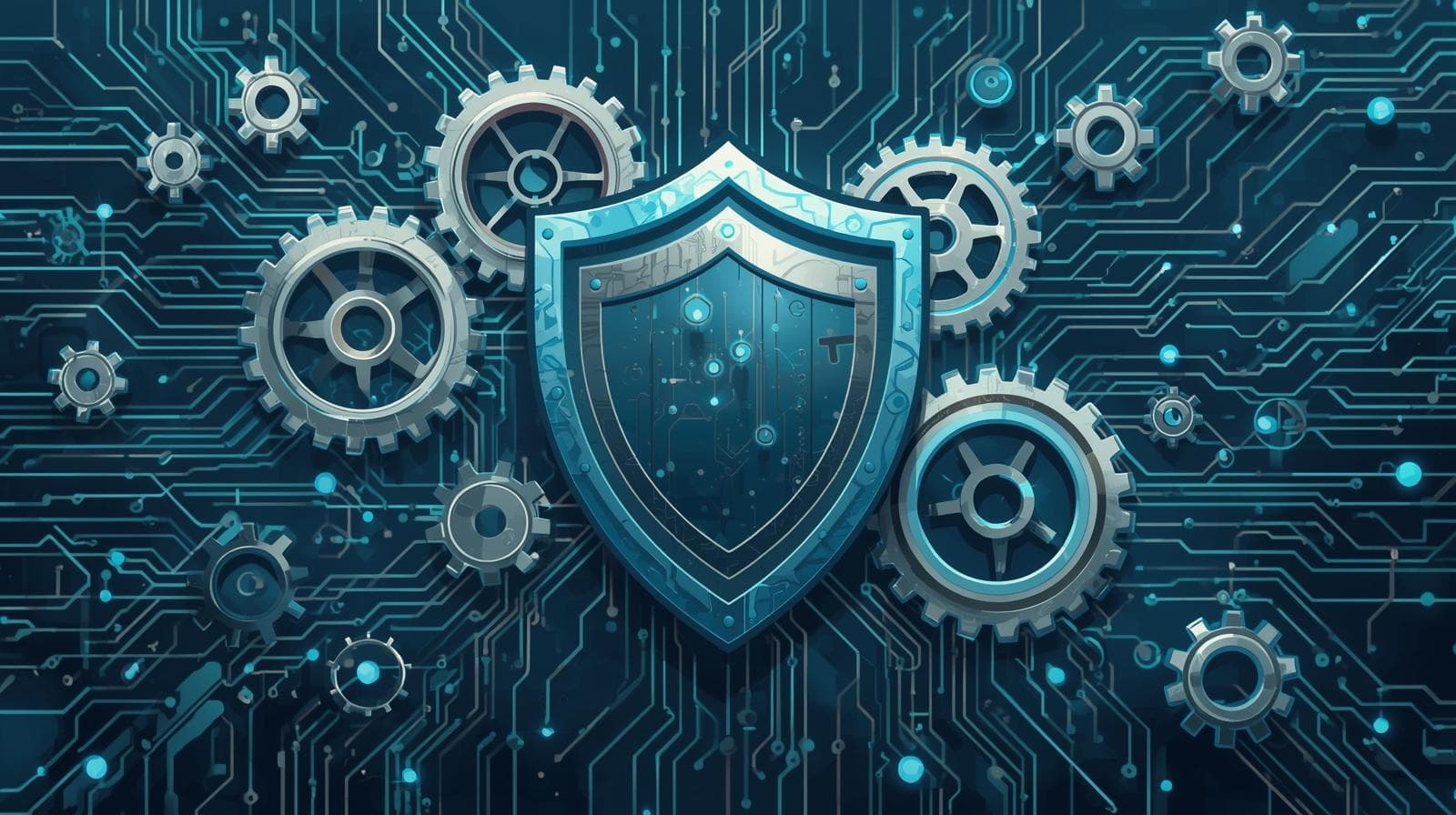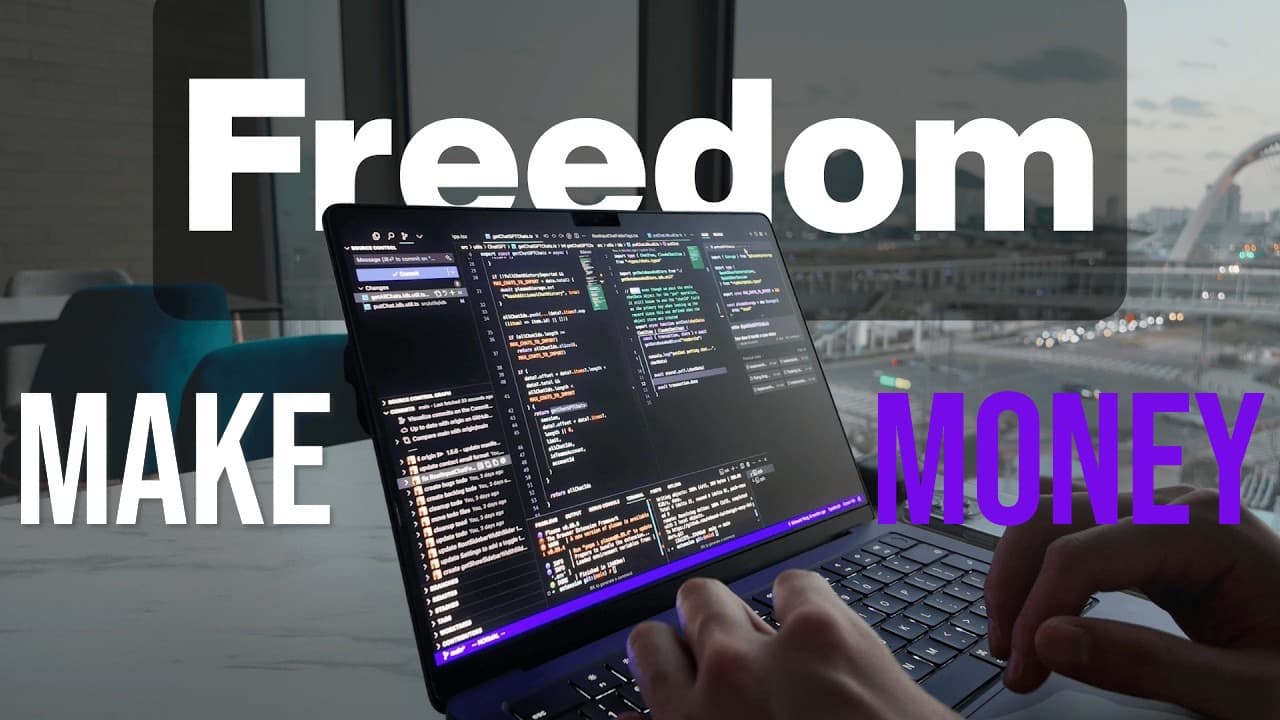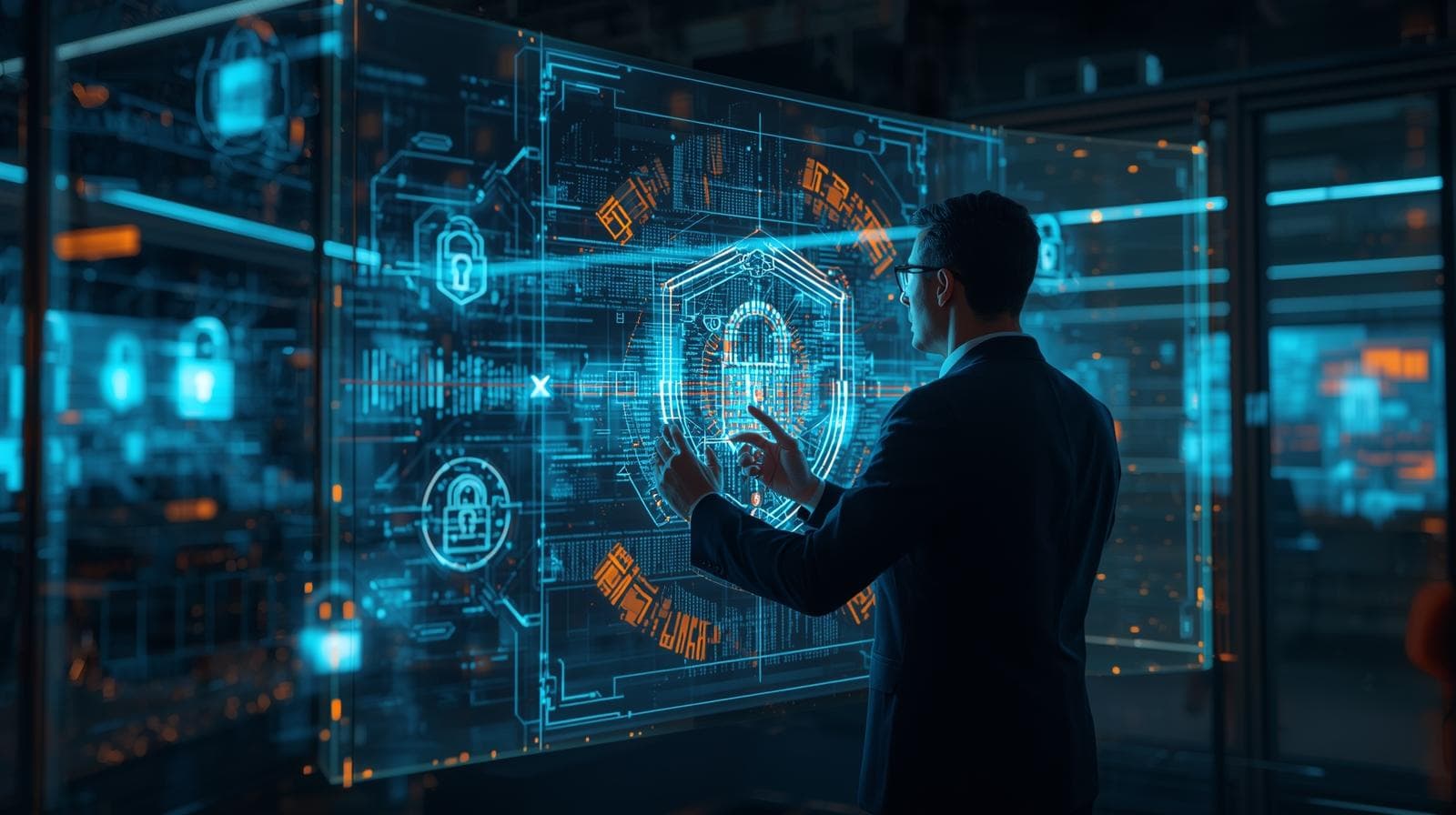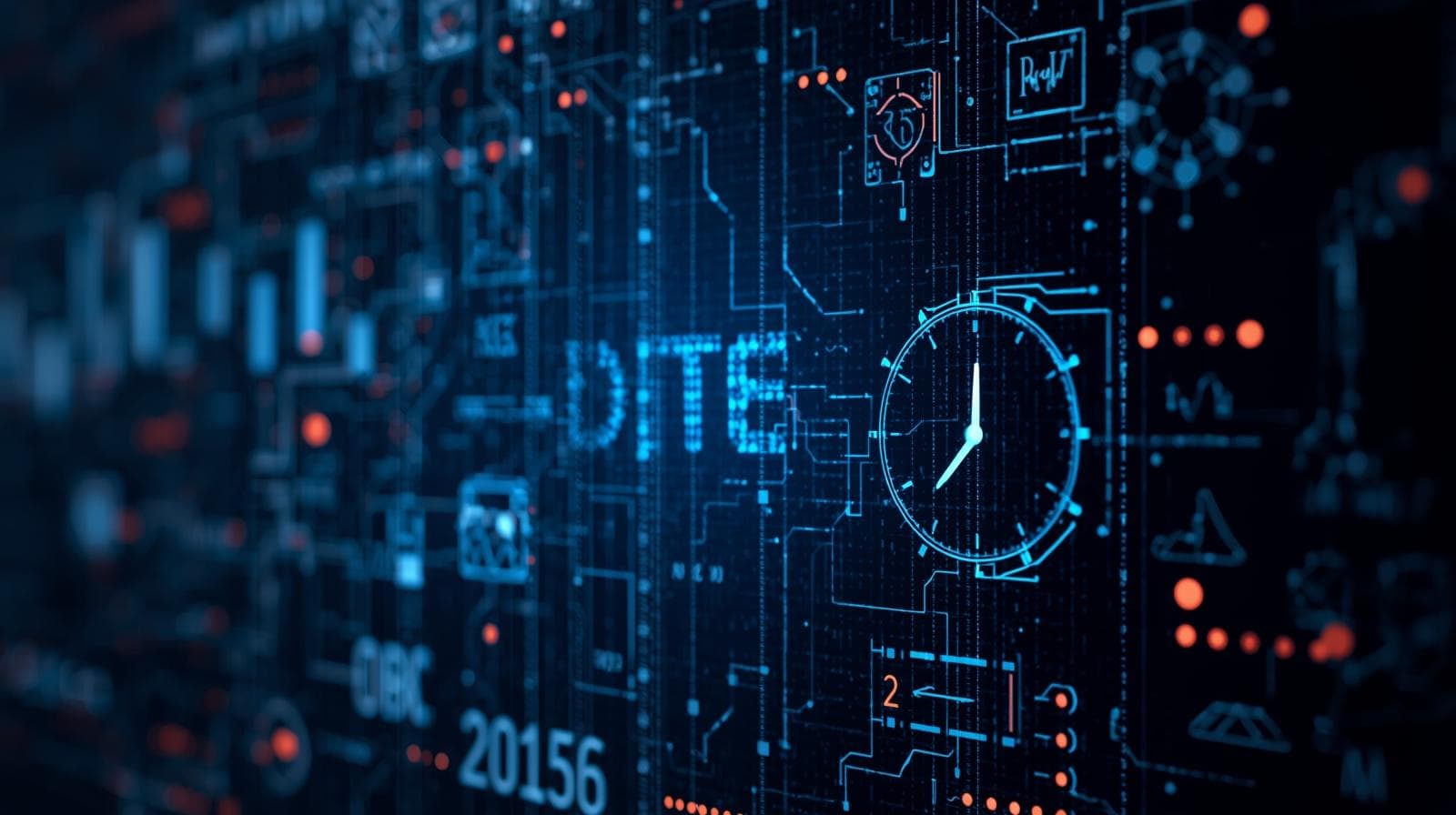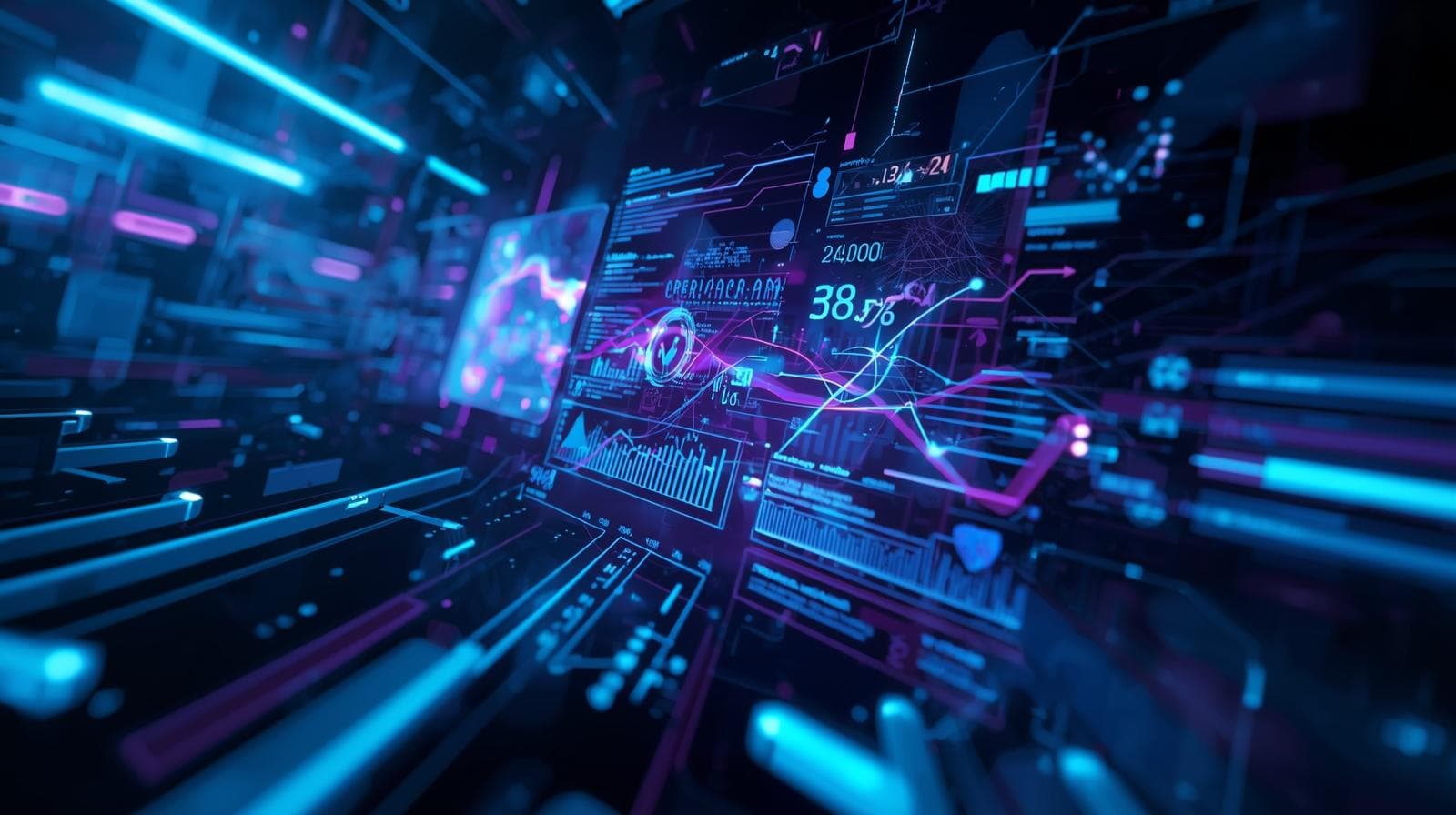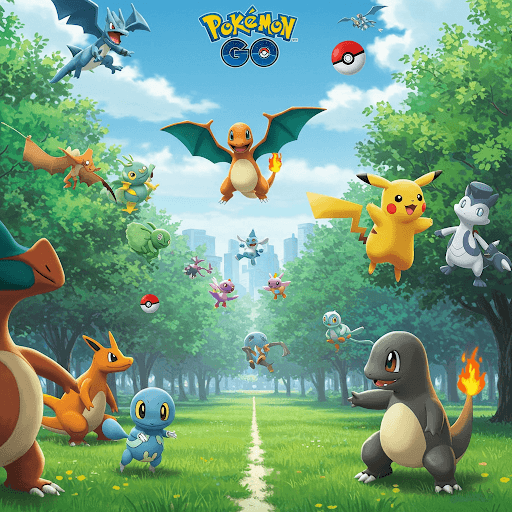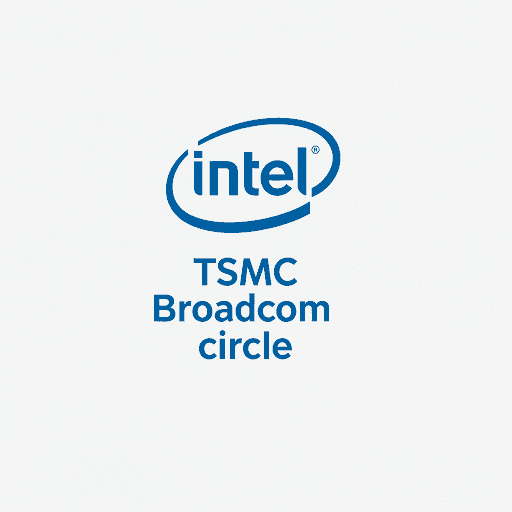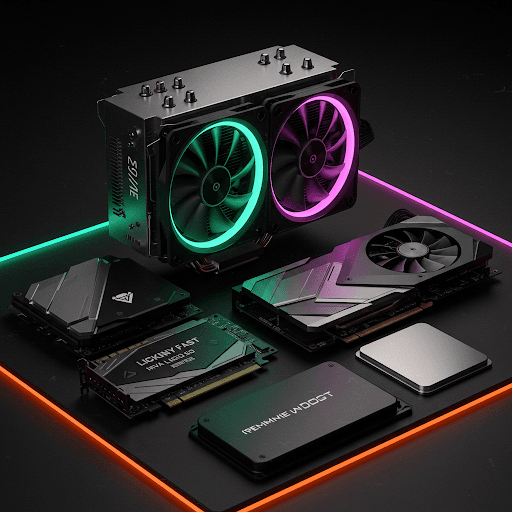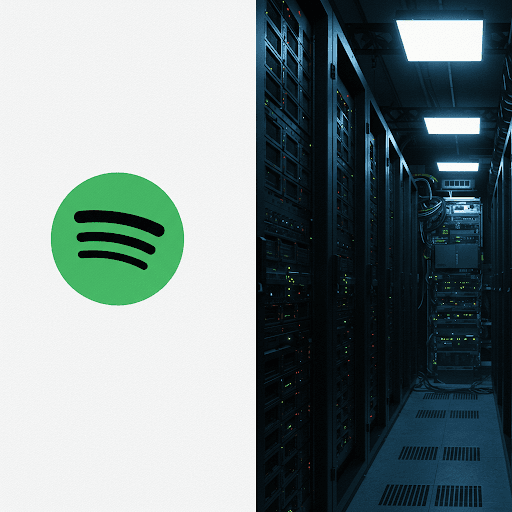Cloud vs. Edge Computing: A Complete Guide to The Future of Tech
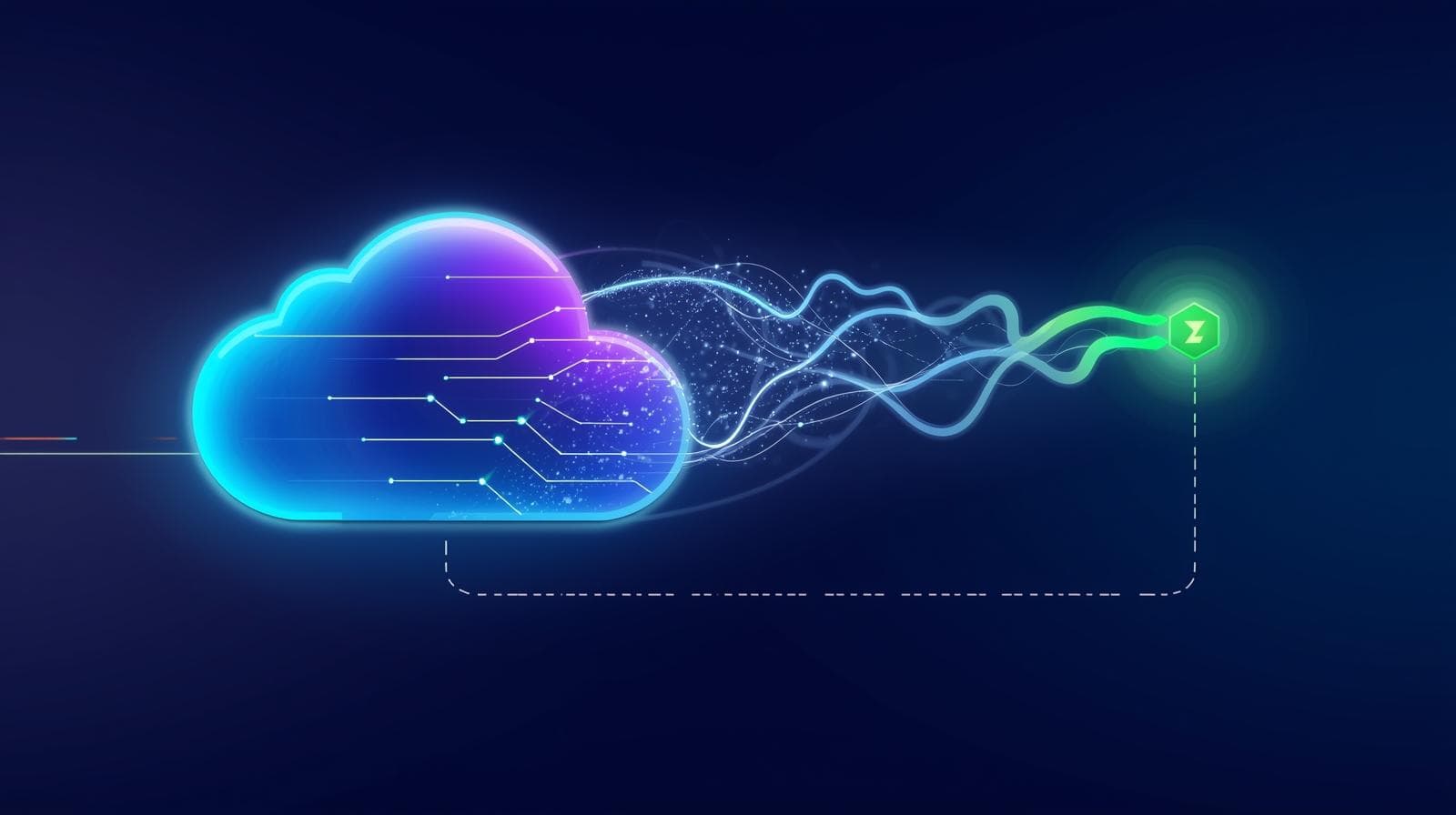
Confused about Cloud vs. Edge Computing? This in-depth guide explains their differences, real-world use cases, best practices, and how they work together.
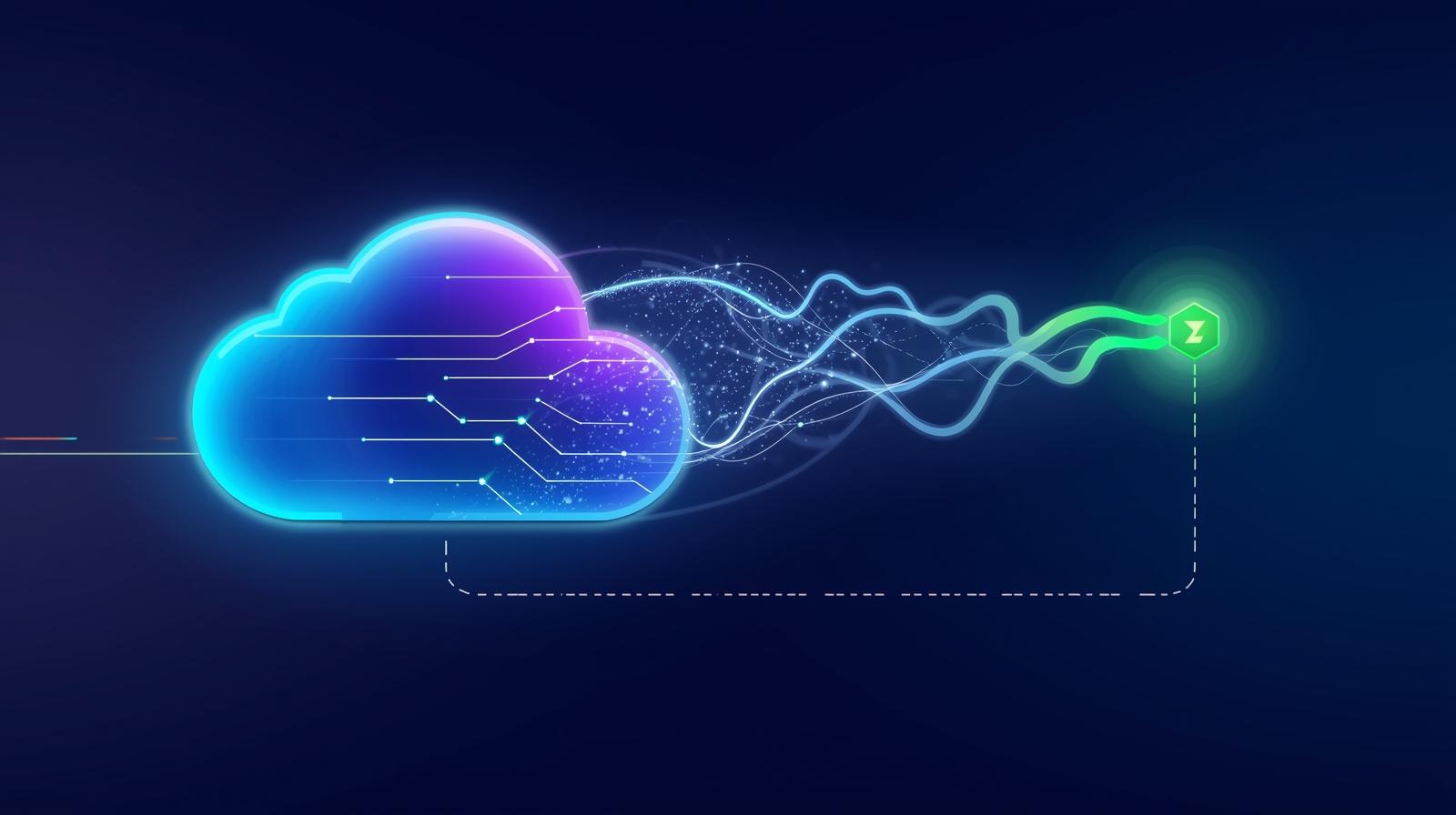
Cloud vs. Edge Computing: A Complete Guide to The Future of Tech
Cloud vs. Edge Computing: Understanding the Brains and Nervous System of Modern Tech
You’ve probably heard the terms "Cloud Computing" and "Edge Computing" thrown around in tech circles, news articles, or maybe even in your company’s latest strategy meeting. They sound futuristic, complex, and perhaps a little nebulous. But what do they actually mean? More importantly, why should you care?
The truth is, you interact with both every single day. When you binge-watch a show on Netflix, you’re using the cloud. When you unlock your iPhone with Face ID, you’re leveraging the edge. They are not competing technologies but rather two complementary forces that are together building the future of computing.
In this deep dive, we’ll demystify these concepts. We’ll break down what they are, how they work, their real-world applications, and how they collaborate to power everything from your smart home to global industrial operations. By the end of this article, you'll have a crystal-clear understanding of these pivotal tech paradigms.
What is Cloud Computing? The Centralized Powerhouse
Let's start with the giant we all know: the cloud.
The Core Concept
Imagine having a massive, infinitely powerful computer that you can access from anywhere in the world, over the internet. You don’t own this computer; you simply rent its processing power, storage, or software services on a pay-as-you-go basis. That, in essence, is cloud computing.
It’s the practice of using a network of remote servers hosted on the internet to store, manage, and process data, rather than using a local server or a personal computer. Giants like Amazon Web Services (AWS), Microsoft Azure, and Google Cloud Platform (GCP) own and maintain these vast data centers, known as "server farms," which are spread across the globe.
Key Characteristics of the Cloud:
On-Demand Self-Service: You can provision computing capabilities (like server time or storage) automatically without requiring human interaction with the service provider.
Broad Network Access: Services are available over the network and accessed through standard mechanisms (e.g., smartphones, laptops, workstations).
Resource Pooling: The provider’s computing resources are pooled to serve multiple consumers using a multi-tenant model.
Rapid Elasticity: Capabilities can be elastically provisioned and released to scale rapidly outward and inward commensurate with demand. To you, it feels unlimited.
Measured Service: Cloud systems automatically control and optimize resource use by leveraging a metering capability. You pay for what you use.
Service Models: IaaS, PaaS, SaaS
Cloud computing is typically offered in three main service models:
IaaS (Infrastructure as a Service): This is the most basic layer. You rent IT infrastructure—servers, virtual machines, storage, networks, and operating systems—from a cloud provider. It gives you the most control but also requires the most management. Example: AWS EC2 (Elastic Compute Cloud).
PaaS (Platform as a Service): This provides an on-demand environment for developing, testing, delivering, and managing software applications. It’s designed to make it easier for developers to quickly create web or mobile apps without worrying about setting up or managing the underlying infrastructure. Example: Google App Engine, Heroku.
SaaS (Software as a Service): This delivers software applications over the internet, on a subscription basis. The cloud providers host and manage the software application and underlying infrastructure. You simply access it through your web browser. Example: Gmail, Salesforce, Netflix, Zoom.
Real-World Use Cases for Cloud Computing
Netflix: The entire Netflix streaming service runs on AWS. When you hit play, the movie is streamed from a cloud server to your device. The cloud’s scalability allows Netflix to handle millions of concurrent viewers.
Dropbox/Google Drive: These are classic examples of SaaS. They provide storage space in the cloud, syncing your files across all your devices.
Startups: A new company no longer needs to make a huge capital investment in servers. They can spin up what they need on AWS or Azure, scale during a marketing boom, and scale down if needed, paying only for the resources they consume.
The cloud is incredible, but it has a fundamental limitation: latency.
The Rise of Edge Computing: Bringing the Brain Closer to the Action
Latency is the delay between sending a request and receiving a response. For streaming a movie, a delay of a few hundred milliseconds is unnoticeable. But for an autonomous vehicle that needs to detect a pedestrian and hit the brakes, that same delay is catastrophic.
This is where edge computing comes in.
The Core Concept
Edge computing is a distributed computing paradigm that brings computation and data storage closer to the location where it is needed to improve response times and save bandwidth.
Instead of sending every byte of data from a device all the way to a centralized cloud data center thousands of miles away for processing, the processing happens locally, at the "edge" of the network. This "edge" could be on the device itself (like your phone), or in a small local data center (like a micro-data center at a factory).
Think of it this way:
Cloud Computing: Your brain is in a jar in a lab somewhere. Your eyes (a camera) see a ball flying at your face. They have to send a signal all the way to the lab, the brain processes it and decides to duck, and then sends the signal back to your body. Too slow. You get hit.
Edge Computing: Your brain is right there in your head. The eyes see the ball, send the signal a few inches to the brain, which immediately tells your body to duck. You're safe.
Why Edge Computing is Crucial Today
The explosion of Internet of Things (IoT) devices—smart cameras, sensors in factories, connected cars—is generating unimaginable amounts of data. Sending all this data to the cloud is:
Slow: The physical distance creates latency.
Expensive: Bandwidth costs money.
Inefficient: The cloud can get clogged with raw data that might not even be useful.
Risky: Transmitting sensitive data constantly over a network increases vulnerability.
Edge computing solves these problems by processing data locally, only sending valuable, processed insights to the cloud for long-term storage or deeper analysis.
Real-World Use Cases for Edge Computing
Autonomous Vehicles: A self-driving car generates terabytes of data every day. It cannot wait for a cloud server to tell it to stop for a red light. All the processing for immediate decisions—braking, steering, avoiding obstacles—happens on powerful computers within the car itself (the edge).
Smart Factories & Predictive Maintenance: A manufacturing plant has hundreds of sensors on its assembly line monitoring vibration, temperature, and noise. Edge devices locally analyze this data in real-time. If a sensor detects a abnormal vibration pattern that predicts a motor failure in the next 48 hours, it can immediately alert on-site engineers. Only the summary alert ("Motor 12B failing, part ordered") is sent to the cloud.
Retail and Smart Stores: Amazon Go stores use a multitude of cameras and sensors. Analyzing all that video feed in the cloud would be impossible. Instead, edge computing systems in the store track what items you pick up and automatically charge your account when you walk out, creating a seamless "Just Walk Out" experience.
Video Surveillance & Augmented Reality: Security cameras with edge processing can identify specific events (e.g., "a person is in a restricted area") and only send those relevant clips, instead of 24/7 footage. AR glasses need to overlay digital information onto the real world with zero lag, requiring immediate local processing.
Cloud vs. Edge: It's Not a War, It's a Partnership
It’s a common misconception to frame this as "cloud vs. edge." In reality, most modern systems use a hybrid approach, leveraging the strengths of both. This is often called the Cloud-Edge Continuum.
Feature | Cloud Computing | Edge Computing |
|---|---|---|
Location | Centralized (Massive Remote Data Centers) | Distributed (On-device or Local Server) |
Latency | Higher (Due to distance to data center) | Very Low (Processing is local) |
Bandwidth Use | High (All data is transmitted) | Low (Only results/insights are sent) |
Data Volume | Handles enormous volumes of stored data | Handles real-time, high-velocity data streams |
Use Case | Big Data analytics, long-term storage, SaaS applications, scalable web apps | Real-time processing, IoT, autonomous systems, instant decision-making |
Connectivity | Requires constant, reliable internet connection | Can often operate with intermittent or no connection |
How They Work Together: A Perfect Symphony
Imagine a smart city traffic management system:
At the Edge: A camera at a busy intersection has a small edge computing device attached. It locally analyzes the video feed in real-time to count cars, measure traffic flow speed, and detect accidents.
Action at the Edge: Based on this real-time analysis, it can immediately adjust the timing of the traffic lights at that specific intersection to alleviate congestion.
To the Cloud: The edge device doesn't need to send the video. Instead, it periodically sends a small packet of summarized data to the cloud: "Intersection 5: Avg. cars per hour: 1,200; Peak congestion: 8:15 AM; No incidents."
In the Cloud: The cloud system aggregates this summarized data from every intersection in the city. It uses powerful AI and historical trends to run city-wide simulations, optimize traffic patterns for upcoming events, and plan long-term infrastructure projects. It can then send updated logic and rules back down to all the edge devices.
The edge handles the immediate, critical, low-latency tasks. The cloud handles the macro-level, big-picture, deep analysis and storage. Together, they create a system that is both intelligent and responsive.
Best Practices for Implementing Cloud and Edge Solutions
Whether you're a developer or a business leader, understanding how to approach these technologies is key.
For Cloud Computing:
Design for Cost Optimization: The cloud's pay-as-you-go model can lead to bill shock if not managed. Use auto-scaling, turn off unused resources, and leverage reserved instances for predictable workloads.
Embrace a Multi-Cloud Strategy: Don't put all your eggs in one basket. Using multiple providers can avoid vendor lock-in and increase resilience.
Security is Priority #1: Understand the shared responsibility model: the provider secures the infrastructure, you are responsible for securing your data, access controls, and configurations. Encrypt everything.
Architect for Failure: Assume everything will eventually fail. Design your systems to be resilient and fault-tolerant across multiple availability zones.
For Edge Computing:
Start with the Use Case: Don't implement edge for the sake of it. Ask: "Do I need real-time processing? Is bandwidth a constraint?" If yes, then edge is your answer.
Manage Your Fleet: Managing one cloud data center is hard; managing thousands of distributed edge devices is a monumental task. Invest in robust device management software for deployment, monitoring, updating, and security.
Hardware Matters: Choose the right hardware for the environment (e.g., ruggedized devices for factories, low-power for remote locations).
Security is Even Harder: Physical access to edge devices is a real threat. Implement secure boot, hardware-based encryption, and zero-trust principles to protect these vulnerable endpoints.
The synergy between cloud and edge is defining the next generation of software architecture. To learn professional software development courses that cover these advanced concepts, such as Python Programming, Full Stack Development, and the MERN Stack, visit and enroll today at codercrafter.in. Our curriculum is designed to prepare you for the real-world tech landscape.
Frequently Asked Questions (FAQs)
Q: Is edge computing going to replace cloud computing?
A: Absolutely not. They serve different purposes. Edge computing enhances cloud computing by handling time-sensitive operations, while the cloud remains the powerhouse for deep analysis, storage, and managing the global network of edge devices. The future is hybrid.
Q: What is fog computing?
A: Fog computing is a term often used interchangeably with edge computing, though there's a subtle difference. Think of it as a layer between the edge and the cloud. If the edge is the device itself, the fog is a local network node (like a router or small server) that gathers data from multiple edge devices for preliminary processing before sending it to the cloud.
Q: Is 5G related to edge computing?
A: Yes, profoundly. 5G networks offer high speed and incredibly low latency. This allows for even more powerful edge computing scenarios, as data can be sent to a "mobile edge computing" server housed within the 5G cell tower itself, getting even closer to the end-user than a traditional data center.
Q: Which is more secure, cloud or edge?
A: Both have unique security challenges. The cloud centralizes risk but benefits from the massive security investment of providers like AWS and Google. The edge distributes risk but exposes physical devices to tampering. A well-architected system must address the threats specific to each layer.
Conclusion: The Intelligent Duo Shaping Our Future
Cloud computing gave us unprecedented scale and flexibility, democratizing access to computing power that was once only available to giant corporations. But as our world becomes more connected and real-time, we've hit the physical limits of centralization.
Edge computing is the necessary evolution, distributing that intelligence to where the action is happening. It’s the nervous system making split-second decisions, while the cloud remains the brain, storing memories and formulating long-term strategy.
Understanding this symbiotic relationship is no longer a niche skill—it's fundamental for anyone building the next great application, optimizing a business process, or simply understanding the technology that underpins modern life.
The journey from a centralized cloud to a distributed intelligent edge is the most exciting shift in computing today. It’s what will enable truly autonomous systems, smart cities, and immersive experiences we’ve only seen in science fiction.
Are you ready to build this future? The tools and technologies of cloud and edge computing are at your fingertips. To start your journey and gain the hands-on skills needed to architect these complex systems, explore the expert-led courses at codercrafter.in. From mastering the cloud platforms to understanding IoT and edge device programming, we provide the roadmap to your success in the modern software development world.
